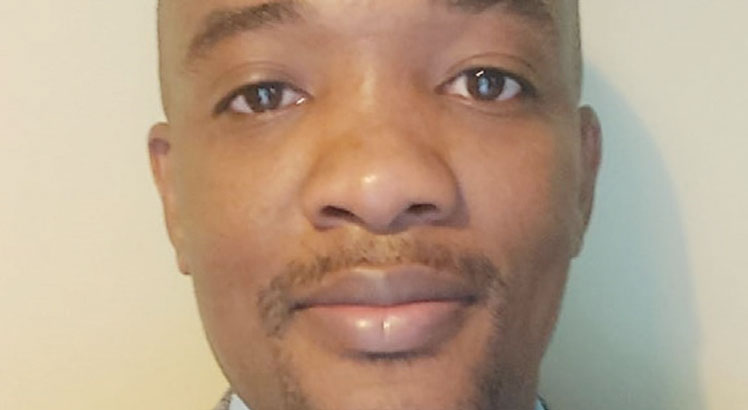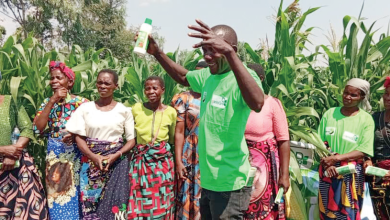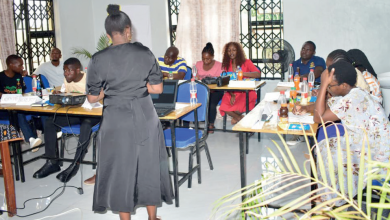Economic experts punch holes in manifestos
Malawi heads to the September 16 2025 General Election amid severe economic distress.
By June, the trade deficit had widened to $1.4 billion (about K1.75 trillion) while foreign exchange reserves had fallen to $555.9 million — just 2.2 months of import cover, well below the recommended three to six months.
Inflation remains stubbornly high at 28.5 percent, following an upward revision by the Reserve Bank of Malawi while the 2025/26 National Budget carries a K2.49 trillion fiscal deficit.
In this climate, the country’s major political parties—Malawi Congress Party (MCP), Democratic Progressive Party (DPP), People’s Party (PP), United Democratic Front (UDF) and UTM Party—have unveiled ambitious blueprints.

do not add up
Each party promises to stabilise the currency, tame inflation, and restore growth. But do these pledges amount to credible solutions, or are they are mere electoral rhetoric?
Radical promises vs harsh realities
The ruling MCP and the opposition DPP have presented the most dramatic policy shifts.
The former pledges to cut the policy interest rate from 26 percent to 10 percent within three years, bring inflation down from nearly 30 percent to single digit, and rebuild forex reserves to six months of import cover by 2026.
Malawian Scotland-based economist Velli Nyirongo warns the plan is “ambitious but dangerous if mistimed,” noting that rapid rate cuts while inflation remains high, could “cause prices to rise further and trigger capital flight”.
DPP, by contrast, champions austerity. It promises annual savings of K1.5 trillion by 2028 through a leaner Cabinet, tighter expenditure controls, reform of the Affordable Inputs Programme (AIP), and widening of the tax base. It also seeks to negotiate up to $2 billion in long-term credit lines to strengthen reserves. Yet Nyirongo argues that the figures “do not add up,” pointing to Malawi’s history of over-optimistic forecasts, election-period overspending, and weak tax collection.
Tax specialist Emmanuel Kaluluma stresses that both parties’ visions depend on accountability that Malawi’s institutions struggle to enforce.
“Where we are as a nation, we need to be supervised in order to get things done,” he said.
The technocratic path
PP proposes a slower, technocratic route. Its manifesto centres on restructuring short-term debt into longer maturities, creating a more progressive tax regime, and tightening public finance management through stronger audits and Ifmis reforms.
Nyirongo describes the approach as “sensible but slow-burn,” noting that benefits will take time given Malawi’s narrow export base and limited administrative capacity.
Kaluluma sees strength in the governance focus, aligning with his call for a better interface between the three arms of government. But he, also, warns that reforms risk faltering without broad national buy-in.
Trade and growth gambits
The UDF and UTM Party place their bets on longer-term growth strategies.
UDF advances a “Trade, not aid” agenda, pledging to narrow Malawi’s $2.2 billion trade deficit by boosting exports, diversifying crops, and positioning the country as a regional hub. It proposes liberalising the exchange rate within a managed band, restricting luxury imports, and prioritising forex for productive sectors such as machinery and agriculture.
Nyirongo praises the sequencing — agriculture for immediate jobs, mining in the medium term — but cautions that forex allocation is politically difficult to enforce. Kaluluma adds that unless rationing is transparent, elite capture is inevitable.
The UTM, meanwhile, offers the most youth-centred platform. It promises to reserve 10 percent of the national budget for youth programmes, create start-up and agribusiness funds, and establish special economic zones for agro-processing and digital services. It also proposes a sovereign wealth fund from mining revenues and anti-corruption reforms such as digitised procurement and mandatory asset declarations.
Nyirongo views the manifesto as visionary, but warns it “avoids hard macroeconomic targets” and risks being underfunded whereas Kaluluma fears that youth-focused funds could easily be politically-captured.
The elephant in the room—corruption
Across all manifestos, a single theme dominates expert commentary: corruption. Nyirongo questions the technical feasibility of many promises, while Kaluluma stresses that governance culture still relies on heavy supervision. But it is the unnamed analyst who strips the issue to its blunt essence: “The elections are just a ritual … Until we deal with corruption, all these policy statements or plans are futile.”
Ambition vs credibility
Malawians are being asked to choose between radical monetary loosening (MCP), deep fiscal austerity (DPP), slow technocratic reform (PP), trade-driven growth (UDF), and youth-focused empowerment (UTM). Each path is bold in its own way.
Yet with inflation near 30 percent, forex reserves perilously low, and deficits ballooning, the question is not which party promises the most, but which can credibly deliver. Without tackling corruption, even the most visionary blueprint risks remaining just that—words on paper, not policies in practice.





